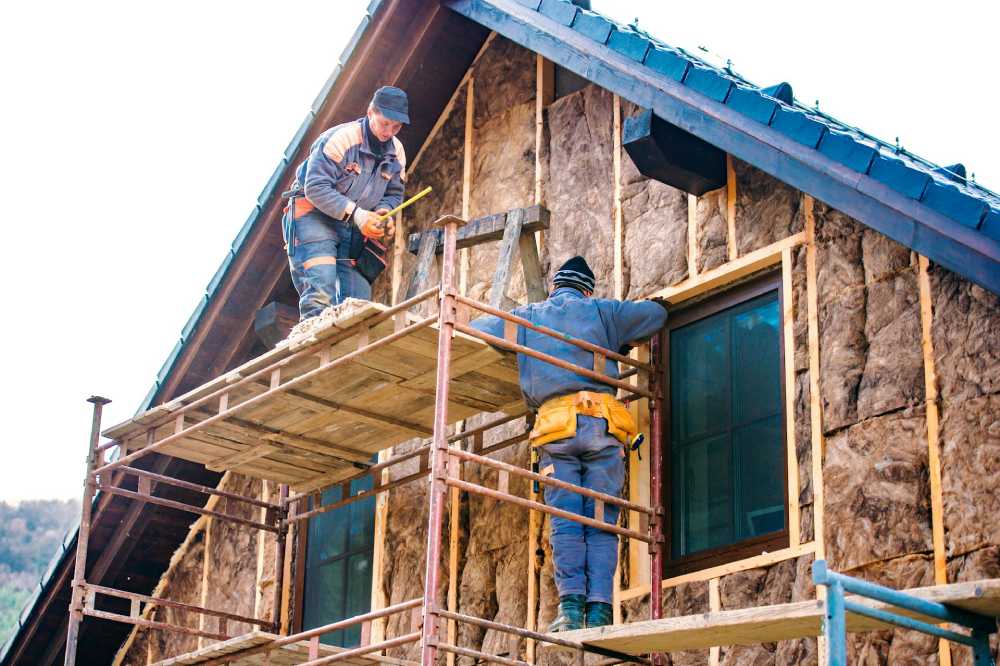Building a home isn’t just about bricks and timber. It’s a big deal financially, emotionally, and practically. There’s a lot riding on each decision you make, and the smoother the process, the better the end result.
If you’re planning a build (or even just thinking about it), there are a few key things that can make or break the whole experience. Some are obvious, others tend to get overlooked until it’s too late.
Here are 7 essential ingredients to get right when building a home.
Contents
1. Choosing the Right Builder
Let’s be honest; this one matters more than all the rest. Great builders, like Home Group home builders, won’t just construct your home; they’ll shape the whole journey. From timelines to communication to the final finish, your choice of builder sets the standard.
Don’t just look at price or flashy display homes. Look at how they operate. Are they organised? Do they keep you in the loop? Will they be on-site, or are they leaving it to a supervisor you’ve never met?
The relationship you have with your builder will impact how stressful—or smooth—everything feels. So choose carefully. Ask questions. Get references. And don’t settle if something feels off.
2. Budget That Matches Reality
It’s easy to focus on the initial quote, but the real cost of a build includes so much more. Site costs, design changes, upgrades, landscaping… it all adds up fast.
And here’s the thing: almost every build ends up costing more than expected. So instead of crossing your fingers, plan for it. Give yourself a buffer. Get clarity on what’s included and what isn’t. And make sure your builder gives you a fixed-price contract wherever possible.
Stretching your budget too far can turn your dream home into a financial headache. Keep it grounded. You can always upgrade later—getting the structure right is what matters most at this stage.
3. The Land You Build On
Not all blocks are created equal. A flat, clear site will save you money and simplify the build. But many people fall in love with a location and underestimate the challenges of the block itself.
Think about:
- Slope – Steeper blocks usually mean more excavation and retaining
- Orientation – North-facing living areas = more natural light and better energy efficiency
- Soil quality – A soil test will tell you how reactive the ground is (and whether your slab will cost more)
- Setbacks and easements – These restrict where and how you can build
- Surroundings – Views, privacy, traffic, and noise levels all matter more than you might realise
Before you commit to land, get expert advice, preferably from someone not trying to sell it to you.
4. Future-Proofing Your Design
Your dream home should still feel like the right fit in 5, 10, or 20 years. Think beyond what you need right now and consider how life might change.
A few things to plan for:
- Growing family or working from home? Leave room for an extra bedroom or home office
- Multi-generational living? Consider a second living area or private suite
- Resale value? Stick with practical layouts, natural light, and timeless finishes
- Energy efficiency? Orientation, insulation, glazing, and solar should be part of the plan
- Accessibility? Wider hallways, minimal steps, and ground-floor bedrooms are a smart move if you’re planning to stay long-term
Even small tweaks to your design can make a huge difference down the track. Talk to your builder or designer about what’s possible.
5. Storage You’ll Actually Use
It’s one of the most underrated parts of a house. Everyone thinks they have “enough” storage… until they move in.
Think beyond wardrobes and kitchen cupboards. Where will you store holiday decorations, sports gear, cleaning supplies, or bulk groceries? Is there space in the laundry? Will your garage turn into a dumping ground?
Built-in storage in the right places can make a house feel bigger, tidier, and more liveable. It doesn’t have to be excessive, just smart and usable.
6. Understanding Your Local Regulations
Every area has its own building codes, zoning restrictions, and approval processes. Ignore them, and you could face delays, unexpected costs, or being forced to change your design mid-way through.
That’s why it helps to work with a builder who understands your council or shire. They’ll know the red flags to watch for, like height limits, easements or setbacks, and overlays that affect what you can build.
If you’re doing a knockdown-rebuild, it’s even more important to be clear on local rules early. You don’t want to find out halfway through that your design doesn’t comply.
7. Understanding the Contract (Without Nodding Blankly)
It’s tempting to skim over the paperwork and just focus on the fun parts of the build, but your contract is where all the real stuff lives.
Make sure you understand:
- What’s included vs what’s not
- When payments are due (and how progress is tracked)
- How variations are handled if you make changes mid-build
- What happens if there’s a delay or dispute
- Warranties and maintenance periods after handover
Ask questions. Take your time. Even get someone independent to review it with you if needed. This isn’t the place to assume it’ll all be fine.
Build with Confidence, Not Regret
The building process can be exciting, but it’s also full of decisions that can have a lasting impact. When the paint’s dry and the furniture’s in, you want to feel proud of what you’ve created, not wish you’d done things differently.
Start with the right builder, plan your budget properly, and don’t skimp on the decisions that shape how the house works long-term. Nail the fundamentals, and you’ll end up with a home that doesn’t just look good, but feels right too.





